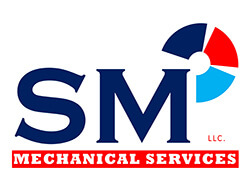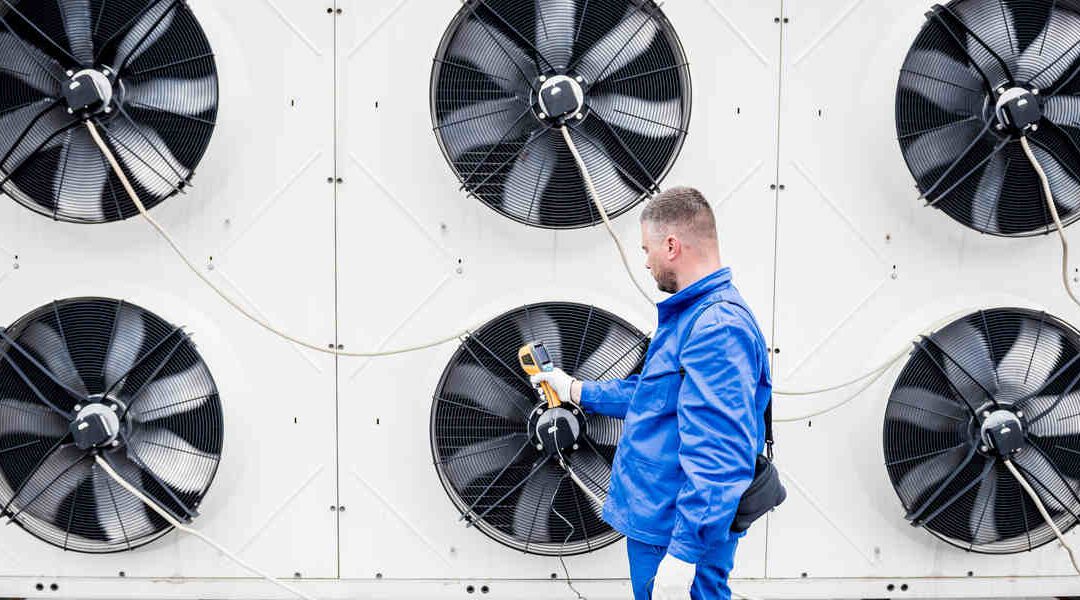If you suspect a problem with your home’s ventilation, get in touch with SM Mechanical Services, West Hartford’s skilled HVAC contractor. Call (860) 544-2026 to speak with a representative.
The acronym HVAC stands for heating, ventilation, and air conditioning, but how much do you know about ventilation? While you probably know letting fresh air into your home is important, proper ventilation is more than just opening a window now and then. Here, we address the question “How does ventilation work?” and share information about why it’s so critical to a comfortable and safe home and what you can do to improve your property’s airflow.
What is Ventilation?
Simply put, ventilation means replacing old air inside your home with fresh, clean air. A ventilation system expels stale, contaminated air and pulls new air inside. It’s a critical element of a healthy indoor environment since it:
- Eliminates contaminants from the air, including gasses like carbon monoxide and carbon dioxide, which can be harmful in large concentrations.
- Allows moisture to escape, which helps prevent mold and mildew growth. Mold can be toxic and contribute to illness while causing widespread structural damage.
- Helps maintain a consistent temperature by pushing heat and humidity out. This consistency reduces strain on HVAC equipment, so it lasts longer and requires fewer repairs while keeping your home comfortable.
In short, proper ventilation is critical to preserving your home and preventing damage that requires significant repairs and reduces property value.
The Basics of Home Ventilation
Now that you know how important it is, how does ventilation work?
A ventilation system has intake vents and exhaust vents. Dirty, moist air escapes from the exhaust vents while the intake vents pull in fresh, clean air from the outdoors.
You will find most intake and exhaust vents on the roof. As the pollutants inside your home increase during the day, warm and moist air rises into the attic and out the exhaust vents at the roof’s highest point. Fresh air comes in through the intake vents at the roof’s lowest point.
For this system to function, an equal amount of air must come in and go out. Closing or blocking any of the vents restricts airflow and prevents proper ventilation.
Types of Ventilation Systems
Most modern homes have several different types of ventilation systems to help maintain good air circulation.
Whole-house ventilation. The most common type of ventilation system, whole-house arrangements use a series of vents, fans, ducts, and filters to keep clean air moving continuously throughout the dwelling. These systems maintain the required equilibrium of air coming in and going out, stabilizing air pressure, preventing excess moisture, and ensuring a steady supply of fresh air.
Natural ventilation. Opening a window or door allows unrestricted air exchange, eliminating stale air and letting fresh air inside. While this is undoubtedly an effective way to move air around inside your home, it’s not the most energy-efficient option when running the air conditioner or heater. It’s also not as effective for controlling moisture levels or keeping out pollutants.
Spot ventilation. Using exhaust fans in extra-damp spaces like bathrooms and kitchens is an example of spot ventilation. Spot ventilation moves air around in specific locations where a bit of extra airflow can reduce the potential for excess moisture, odors, or pollutants. While spot ventilation is great for temporary applications, it also forces unfiltered outdoor air into the home.
Does Your Ventilation System Need Attention?
It might not be immediately apparent when something goes wrong with your home’s ventilation. For example, when warm, humid air from the lower levels of your home rises into the attic and comes in contact with colder surfaces, like the underside of the roof or the cold air conditioning ducts, it can create condensation. If this air can escape, condensation isn’t as much of a concern, but if it gets trapped, the extra moisture will eventually cause significant issues with mold and structural damage.
Sometimes, what you think is an issue with the air conditioner or furnace may be a ventilation problem. Some of the effects of poor airflow include:
- Excessive indoor humidity
- An inability to maintain a consistent temperature
- Stale, musty-smelling air
- Increased symptoms of allergies or respiratory illness due to increased contaminants in the air
- HVAC equipment malfunctions due to a buildup of dirt, dust, and debris on the coils and other mechanical parts
- Higher-than-expected utility bills because the heating and cooling systems have to work harder to maintain a consistent temperature
Inadequate ventilation can be extremely dangerous. When dirty air cannot escape, carbon monoxide buildup can cause severe illness or even death. A working carbon monoxide detector is a critical piece of safety equipment in any home, as it will let you know when the air reaches unsafe gas levels and requires ventilation.
Common Issues With Ventilation
Poor ventilation can occur for several reasons. One of the most common is a problem with ductwork. When the air ducts leak, have cracks or other damage, or aren’t the right size for your home, they cannot effectively control airflow in and out. Other issues that can result in a lack of fresh air include:
- Mechanical malfunctions with the fans
- Blocked air filters
- Blocked or closed vents
- Blocked air conditioning condenser units
You can avoid most of these issues with regular HVAC maintenance. Neglecting to schedule at least a yearly inspection of your HVAC system could result in expensive repairs or replacements.
Call SM Mechanical Services for All Your HVAC Needs
Once you have the answer to “How does ventilation work? you’re in a better position to identify and fix issues before they cause bigger problems. If you spot any signs of poor airflow in your West Hartford, CT home, or have any heating, cooling, or plumbing issue, call the professionals of SM Mechanical Services for help. Our experienced technicians can identify the problem and make reliable repairs or help you find the perfect replacement high-efficiency HVAC system.
To get prompt service when you need it most, call (860) 544-2026.

